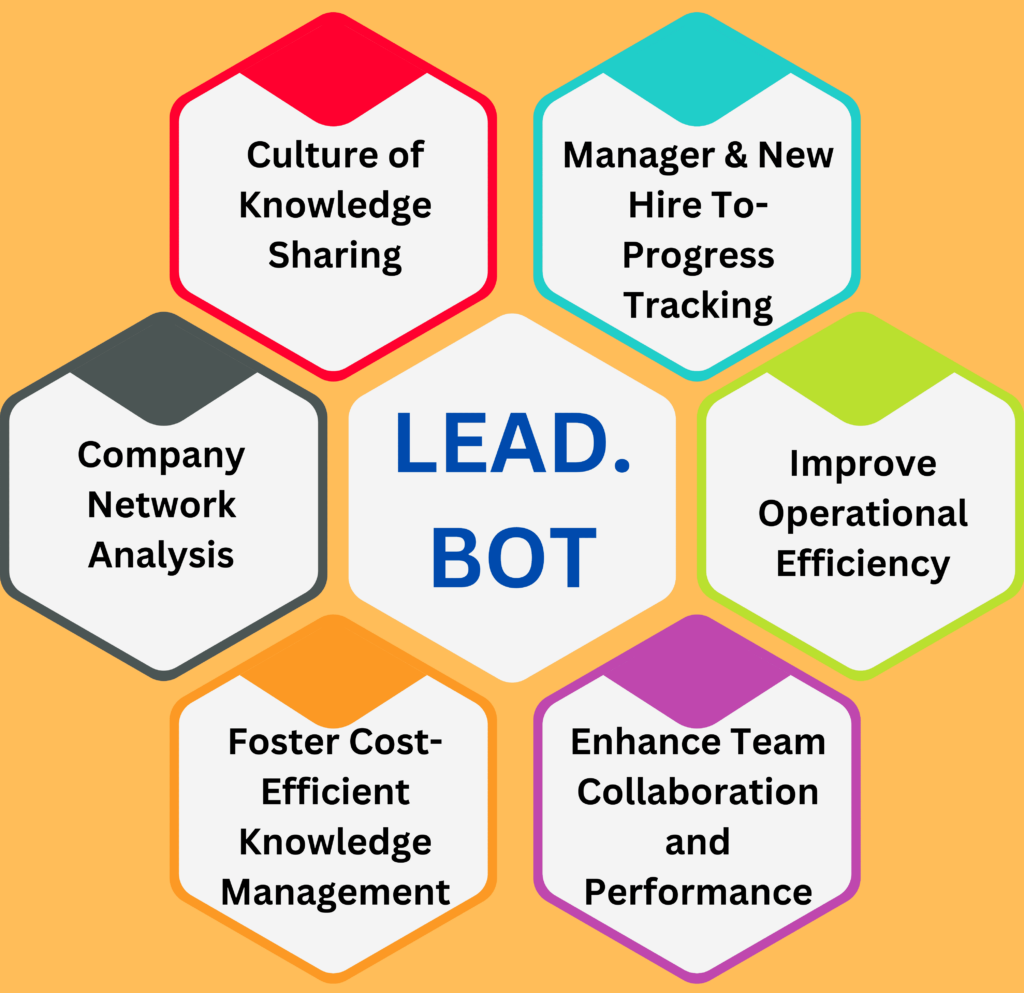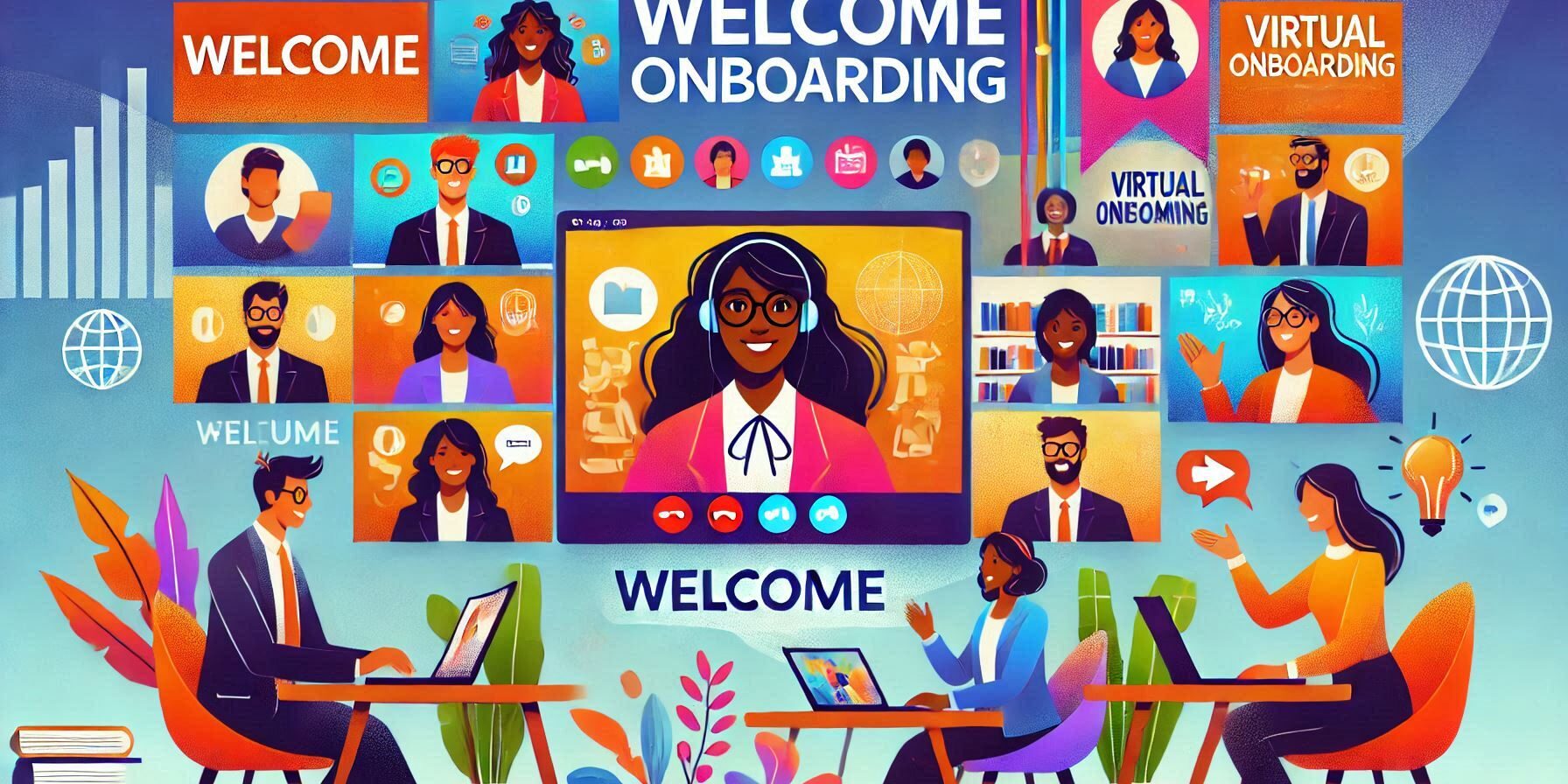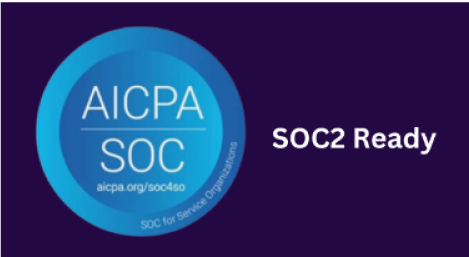Introduction
The pandemic reshaped workplaces globally, bringing remote work to the forefront—a change that has become the norm. Many companies that previously lacked a remote work culture have transitioned to fully remote operations, creating a win-win situation for employees who prefer working from home and organizations that can now hire talent from across the globe. This shift has allowed remote work culture to thrive, fostering greater flexibility, inclusivity, and operational efficiency.
As organizations adapt to this new remote reality, the importance of onboarding has only increased. The employer plays a pivotal role in ensuring this success. The goal of onboarding isn’t just to introduce employees to their roles but to immerse them in the organization’s culture and values.
Each hire is an investment, and effective onboarding is the first return on that investment. Therefore, as employers, it’s crucial to take the opportunity to make a great first impression. It is essential to create a welcoming space that helps them feel connected and integrated into the organization. Strong communication, collaboration, connection, teamwork, and knowledge sharing are critical, especially in virtual work environments where remote onboarding can pose unique challenges. By prioritizing these elements, companies can ensure a seamless and engaging onboarding experience that aligns new hires with the organizational culture and sets them up for long-term success.
Why onboarding is important?
It’s important to note that onboarding isn’t the same as orientation. Finding the best candidates for positions within your organisation is only one part of building an effective team. Generally, new leaders take four to six months to function fully in their roles. However, this doesn’t necessarily mean they are fully productive during this period.
A recent survey conducted by Paychex revealed critical insights into onboarding challenges. The survey found that 66% of remote employees in small companies reported feeling undertrained for their current roles, compared to 43% in larger companies. Additionally, 60% of remote employees felt disoriented during onboarding, compared to 51% of on-site employees. This dissatisfaction has also led to an increased likelihood of remote workers planning to leave their roles soon.
Therefore, getting onboarding right is essential for ensuring a smooth transition and setting new employees up for success. It is equally important to make employees feel like valued members of the organisation by emphasising employee engagement, fostering a sense of belonging, and integrating them into the company’s values, culture, and social network—creating an environment where they feel like part of one cohesive family.
I’ve experienced firsthand how crucial this is. When I switched to an IT services and consulting-based product company—the third job change in my career—I quit within 30 days of onboarding. It took me another 15 days to find a new joband serve a one-month notice period. The reason? I felt dissatisfied with both my role and the organisational structure.
Being in a geographically dispersed team made communication difficult, and there was no clear direction for my personal journey or career growth. While it may seem ambitious to expect all of this within just 30 days, the reality is that one can often discern the overall culture and environment of a company early in the process. In contrast, I felt like part of the team from day one in my two previous organisations. It wasn’t just about the processes but about creating a welcoming, engaging environment.
This experience reinforces how vital it is to design an onboarding process—remote or in-person—that actively engages employees, communicates clear goals, and integrates them into the company’s culture and social network. A positive, well-structured onboarding experience can set the foundation for long-term success and engagement.
How to improve onboarding?
Humans are inherently social beings, drawing emotional and psychological strength from connection. Within an organization, we all seek meaningful human connections. Whether it’s a fresher seeking reassurance or a seasoned professional valuing collaboration, everyone thrives on a sense of belonging, underscoring the importance of enhancing our onboarding processes to support this need. Onboarding generally falls into two categories: informal and formal.Informal onboarding often involves self-learning, whereas formal onboarding follows a more structured approach. Research has shown that formal onboarding adds more value. For example, L’Oréal’s six-part “L’Oréal Fit” program is an excellent model of formal onboarding. It combines mentorship, HR support, key meetings, on-the-job learning, and field experiences to ensure engagement and productivity.
LEAD.bot is an AI-powered knowledge management platform that helps bridge the gap in onboarding by providing a comprehensive, personalized experience for new hires. We achieve this through several key features listed below –

1. Empowering Onboarding Success Through Culture of Knowledge Sharing
The Case Study on Knowledge Sharing in Large IT Organizations shows that social interactions significantly enhance knowledge exchange, with employees feeling more secure when sharing knowledge. It also recommends strategies like teamwork to build social networks and foster a culture of knowledge sharing. We support this culture by connecting new hires with experienced team members through virtual coffee chats and collaborative sessions, reducing information overload and ensuring clarity in roles from the outset. Employees’ social capital is enhanced by fostering meaningful connections, helping new employees feel integrated into the organisation’s culture and promoting a more engaged and productive workforce.
2. Supplement Your Team Performance: Improve Team Collaboration
Our platform features an Expert Locator Tool that leverages AI to analyze team skills and identify subject matter experts (SMEs) for specific questions or training needs. Admins can set up New hires one-on-one sessions with buddies, mentors or managers through the platform, ensuring a personalized onboarding experience. Additionally, our Project Buddy Matching feature pairs new hires with colleagues working on similar projects, promoting collaboration and improving team performance. This feature also helps facilitate early connections with the new hire’s team and their designated buddy, creating a supportive environment from the very beginning. By fostering these relationships early on, new hires feel more integrated into their teams and the broader company culture, enhancing engagement and productivity.
3. Building social capital outside the Company’s social network
Fostering community in organizations enhances teamwork, collaboration, and innovation. HR plays a critical role by supporting informal networks through events, shared activities, and flexible policies. ABN Amro’s use of collaboration tools and networking opportunities sustains relationships even after projects end, while Marriott reinforces a family-like culture with staff appreciation initiatives and spontaneous events. These practices build a strong community over time that sets the stage for success with future projects. Our platform complements this by using social network analysis to connect new hires with influential team members, accelerate their integration, enhance social capital, and foster a sense of belonging within the organization. Our Watercooler feature facilitates casual interactions and meaningful conversations, further supporting relationship-building and creating a more inclusive and connected workplace environment.
4. Operational Efficiency — Automation in Streamlined Onboarding
Documenting and reviewing processes is essential for improving efficiency by ensuring consistency, reducing ambiguity, and minimizing disruptions for any new hire. It helps provide clear guidelines, supports team accountability, and fosters continuous optimization, making onboarding smoother. Our platform makes onboarding easier with features like Automated Workflow Setup, which saves HR teams time by streamlining processes, automating introductions, providing structured mentorship, and ensuring consistent access to essential resources through predefined templates that can be reused, which leads to long-term cost savings and fosters a culture of knowledge sharing. For example, one partner company saved costs, set clear onboarding standards, and reduced HR rework by 80%, cutting overall costs by 70%.
5. To-Do List, Reminders & Check-Ins: Seamless Onboarding Experience
To keep managers and new hires on track, our platform includes Manager To-Do Lists, Reminders and 30, 60, 90, and X-Day Check-Ins, offering regular follow-ups to track progress, address challenges, and realign goals. It also provides New Hire To-Do Lists & Reminders to inform employees about tasks, upcoming meetings, and training milestones. This ensures alignment throughout the process, smoothing the transition and helping new hires stay engaged, motivated, and aligned with their role and the organization’s objectives.
By addressing these challenges, Our platform ensures new hires are equipped, connected, and engaged, fostering a productive, collaborative, and knowledge-rich work environment. New hire onboarding is the cornerstone of team collaboration and performance. With LEAD.bot, organizations can tackle onboarding pain points, empower new employees to succeed, and foster a culture of knowledge-sharing and collaboration that drives long-term growth and efficiency. So, Are you ready to transform your virtual onboarding? Transform your virtual onboarding with our solution today.
Summary
With the growing need to integrate more technology into the onboarding process in today’s evolving workplace, enhancing employee experience, engagement, and retention has never been more crucial. Research shows that many remote employees feel undertrained and disoriented during onboarding, leading to higher turnover. In light of global changes, equipping onboarding with powerful tools is key to long-term organizational success. Our platform meets these challenges by applying AI and knowledge management, focusing on employee engagement. Company culture, often built in informal moments—over coffee or a beer—nurtures trust, friendships, and camaraderie, forming the bonds that drive collaboration and innovation. We believe new solutions are needed to recreate these connections virtually in a world of new challenges.
Effective onboarding is not just about hiring talent; it’s about empowering and retaining it. Our platform helps facilitate this by automating administrative processes, tracking engagement levels, and enabling real-time feedback to ensure managers can proactively address concerns. With centralized task management and automated service delivery, the process is simplified, while data insights empower leaders to make informed, strategic decisions that enhance employee engagement and productivity. These features create a dynamic, seamless onboarding experience that fosters collaboration, innovation, and long-term success.Here is how we can improve onboarding for new hires –
-
- Encourage a Knowledge-Sharing Culture for Effective Onboarding: Fostering a knowledge management culture ensures new hires can access valuable resources. Initiatives like virtual coffee chats support meeting leaders, managers, or colleagues in a causal environment to efficiently build relationships and channels of collaboration.
- Propel Team Collaboration and Performance with Smart Tools: The Expert Locator Tool and Project Buddy Matching help new hires connect to subject matter experts (SMEs) and teammates, driving collaboration and improving team integration.
- Improve Social Networks and Boost Social Capital for Better Engagement: Our platform leverages social network analysis to help new hires build relationships and social capital, fostering stronger team connections and a sense of belonging. The Watercooler emulates the informal connections made during coffee breaks or social gatherings, providing opportunities to discuss non-work-related topics while working remotely.
- Ensure Consistency in Onboarding for Long-Term Success: HR and managers can provide structured templates to ensure consistency, saving time and costs in the long run and promoting effective employee development.
- Effective Progress Tracking for Seamless Onboarding: A shared to-do list, automated reminders and follow-ups,and frequent touchpoints keep new hires on the same page and onboarded successfully, helping them network across the company.
Integrating these tools allows us to implement a dynamic, enriching onboarding experience that puts new hires in the driver’s seat and prepares everyone for long-term success.












